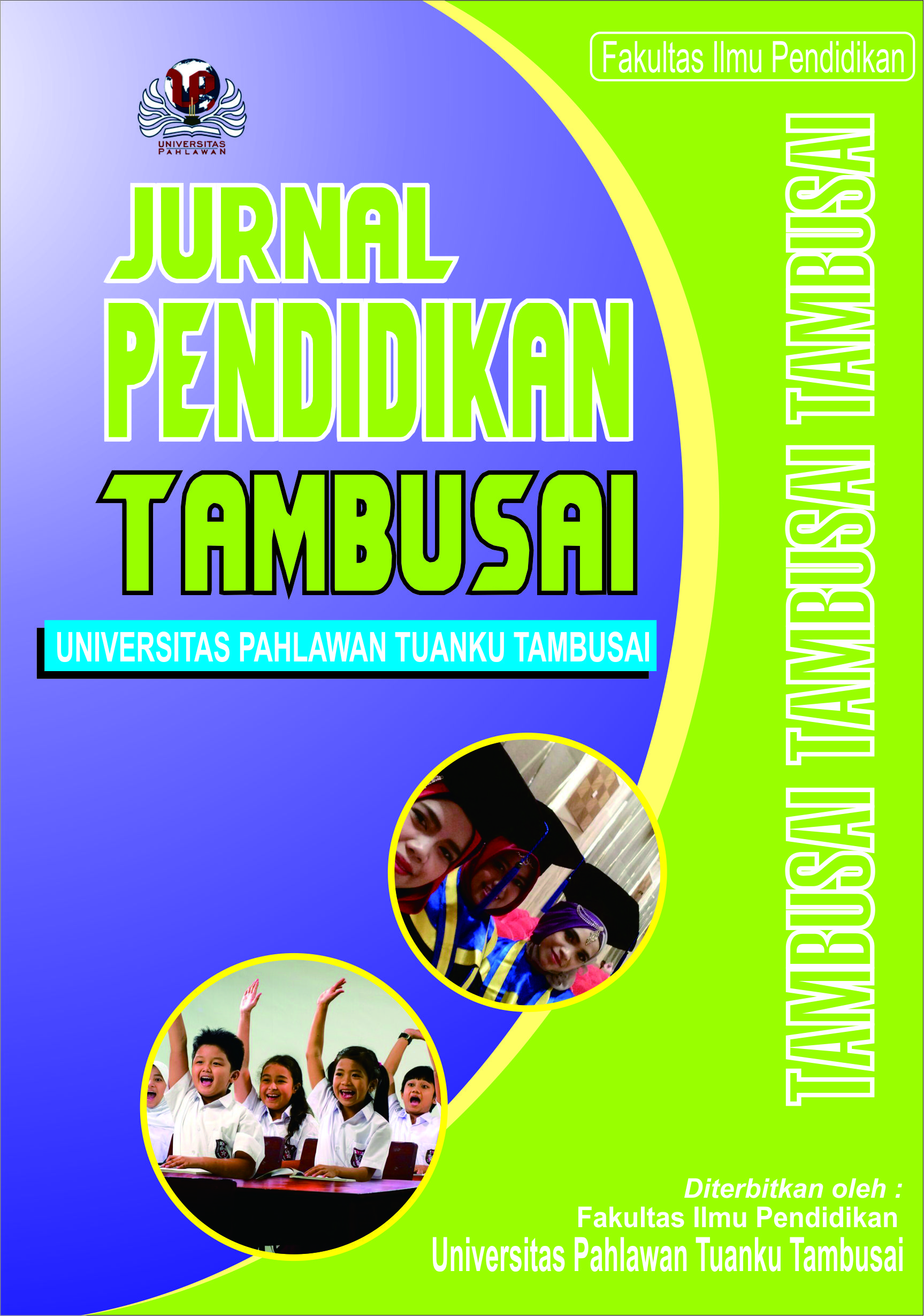Analisis Pola Sebaran Fasilitas Pendidikan Tingkat Sekolah Menengah Atas (SMA) di Kabupaten Agam
DOI:
https://doi.org/10.31004/jptam.v8i2.16552Keywords:
Fasilitas SMA, Pola Sebaran, Sistem Informasi GeografisAbstract
Fasilitas pendidikan yang tidak seimbang dalam ketersediaan, kebutuhan, dan kesenjangan pola spasial distribusi sekolah berdampak buruk terhadap suatu daerah. Tujuan penelitian untuk menganalisis pola sebaran fasilitas SMA di Kabupaten Agam. Metode yang digunakan yaitu deskriptif kuantitatif. Digunakan tools Nearest Neighbor Analysis (NNA) aplikasi ArcGIS 10.4 untuk analisis Sistem Informasi Geografis (SIG). Hasil penelitian menunjukkan bahwa pola sebaran fasilitas SMA yaitu clustered dengan nilai nearest neighbor ratio 0,664815, p-value 0,0000 dan z-score -5,478693. Titik centroid atau mean center fasilitas pendidikan SMA berada pada koordinat X (100,273435) dan koordinat Y (-0,284028). Standard distance yaitu 0,192292°, artinya jarak antara fasilitas pendidikan tingkat SMA di Kabupaten Agam terhadap mean center yaitu rata-rata berjarak 21,3 Km. Standard deviational ellipse menggambarkan kecenderungan distribusi spasial fasilitas SMA ke arah Agam bagian timur dan Ibukota Kabupaten Agam yaitu Lubuk Basung.
Downloads
Published
How to Cite
Issue
Section
Citation Check
License
Copyright (c) 2024 Rahmat Jaslan

This work is licensed under a Creative Commons Attribution-ShareAlike 4.0 International License.
Authors who publish with this journal agree to the following terms:
- Authors retain copyright and grant the journal right of first publication with the work simultaneously licensed under a Creative Commons Attribution License that allows others to share the work with an acknowledgement of the work’s authorship and initial publication in this journal.
- Authors are able to enter into separate, additional contractual arrangements for the non-exclusive distribution of the journal’s published version of the work (e.g., post it to an institutional repository or publish it in a book), with an acknowledgement of its initial publication in this journal.
- Authors are permitted and encouraged to post their work online (e.g., in institutional repositories or on their website) prior to and during the submission process, as it can lead to productive exchanges, as well as earlier and greater citation of published work (See The Effect of Open Access).



